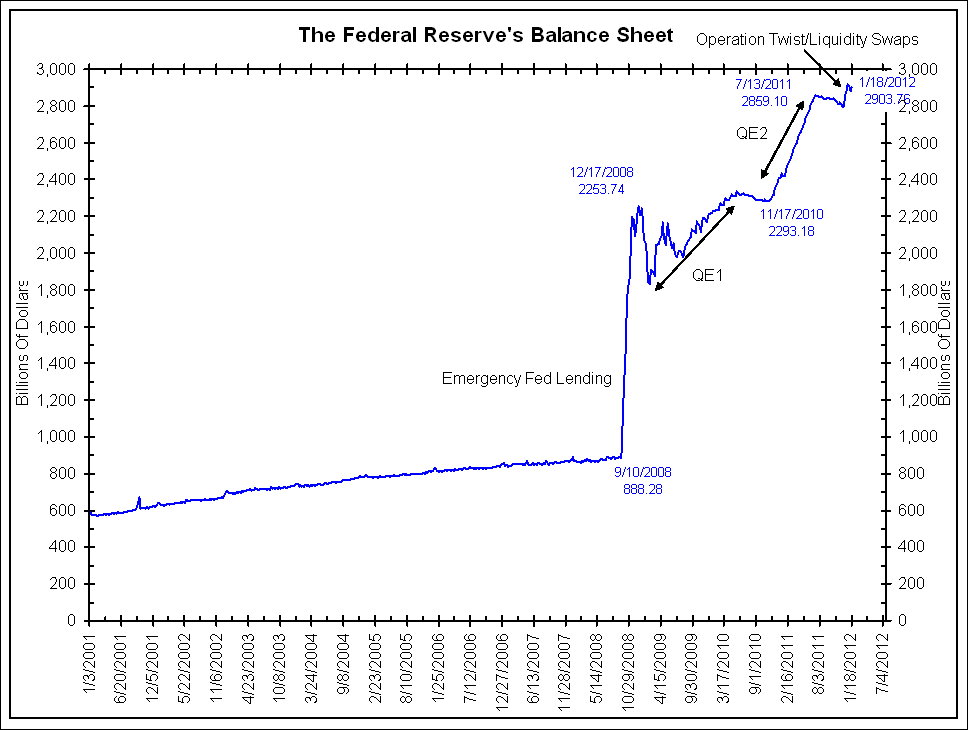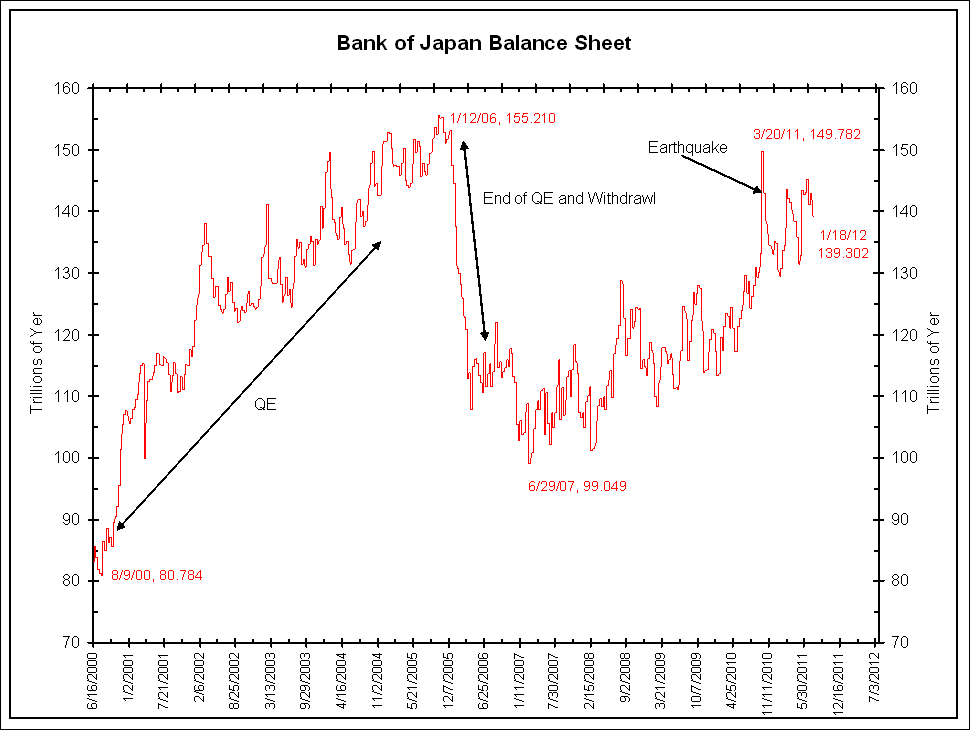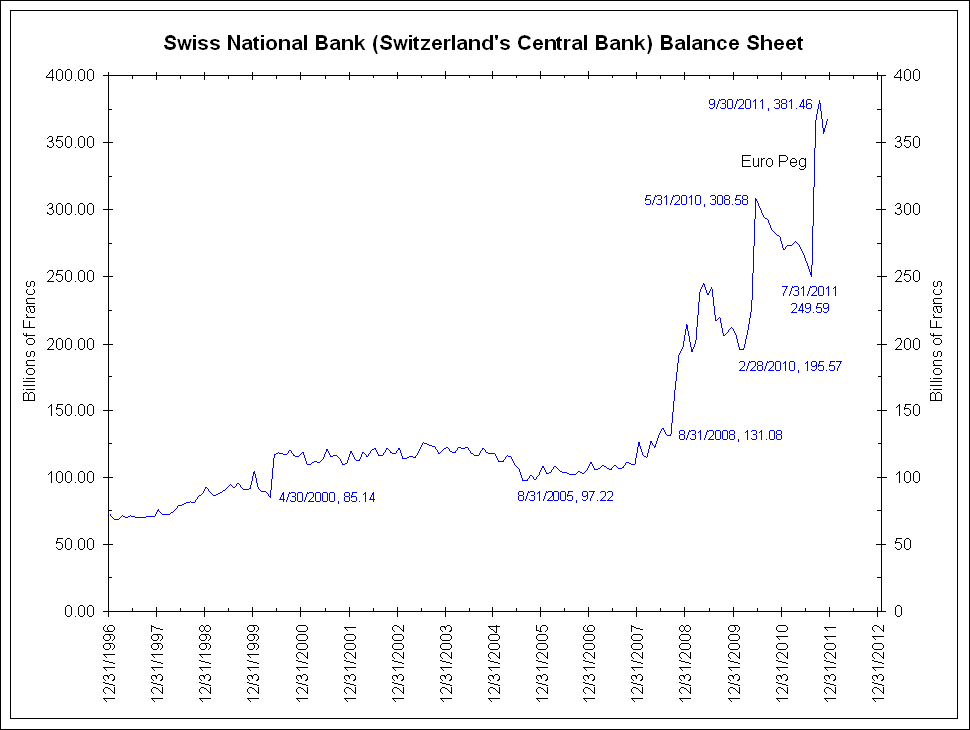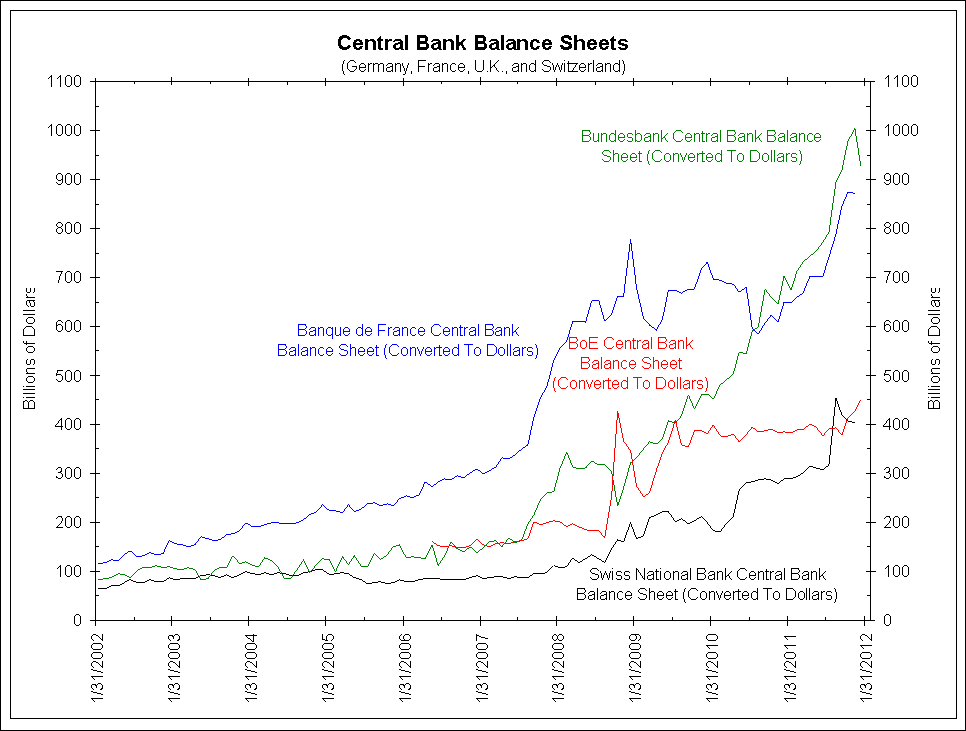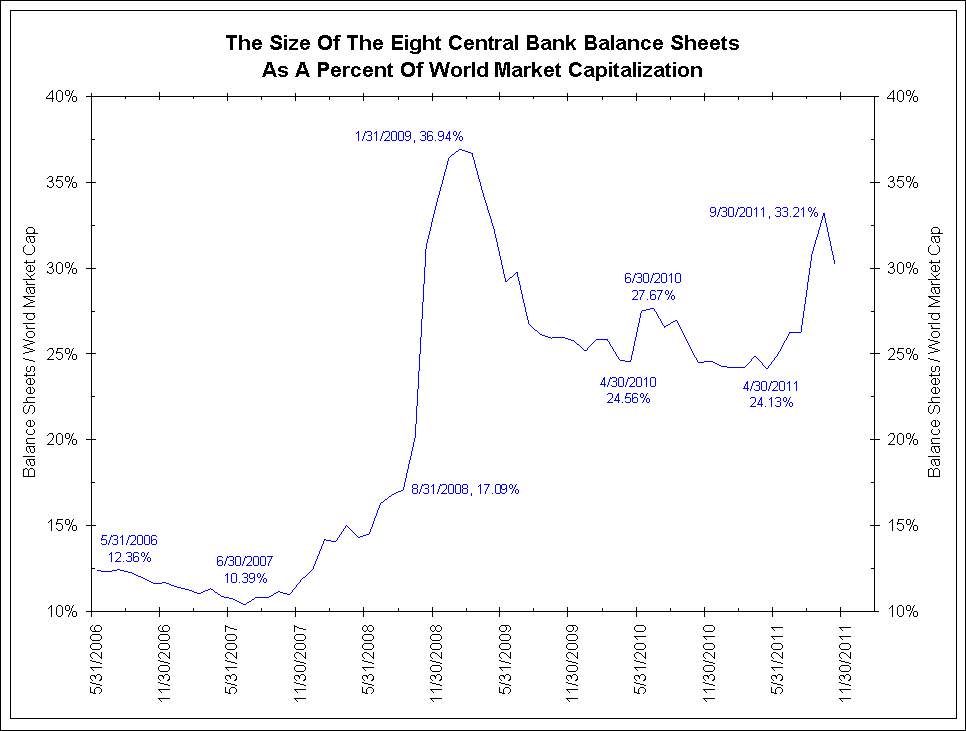(The following is a draft for the
Mises Institute,
Mises Canada has either been down or messed up all day so no post there)
In his magnum opus
Human Action, Ludwig von Mises wrote on the type of effect governmental occupational licensing invariably leads to:
Where the government directly fosters monopoly prices we are faced with instances of license monopoly. The factor of production by the restriction of the use of which the monopoly price is brought about is the license which the laws make a requisite for supplying the consumers. Such licenses may be granted in different ways…Licenses are granted to only select applicants. Competition is restricted. However, monopoly prices can emerge only if the licenses act in concert and the configuration of demand is propitious.
Imagine Bill runs a lemonade stand in the middle of a bustling city. Instead of facing competition from other street vendors, surrounding eateries, and grocery stores; Bill had the foresight to lobby the local city council to outlaw all sellers of lemonade who don’t at first obtain a license from the city. Due to his influence and close ties to select city council members, Bill fast tracked through the application process and was able to secure a license to sell lemonade before anyone else. With such little competition standing in his way, Bill is able to keep his sale price above the level which would tend to exist in a real free market and reap in profits as consumers are still willing to take the extra hit on their wallet for Bill’s delicious lemonade. Profits are up, times are good, and Mrs. Bill is very happy. But now the city council is beginning to change its tune on lemonade licensing and is considering an increase in licensing allotments. The free ride is coming to an end so Bill, worried the good life will soon be over, launches a countering lobbying effort on the basis that product quality will decrease if more licenses are given out.
Now apply this simple example en masse to the American Dental Association.
According to a recent article in
Governing, many states are considering proposals in order to expand the limits of medical licensing and allow the emergence of “mid level dental providers.”
These dental providers would play a role similar to nurse practitioners and physician assistants by providing routine dental procedures while under the guidance of a licensed dentist.
States such as New Mexico, Oregon, and Washington are looking into this expansion in licensing in order to increase the supply of dental access to rural areas.
And like Bill the lemonade salesman, the American Dental Associate is lobbying against these expansions on the basis of public safety.
For anyone familiar to the workings of an uninhibited market, such a policy wreaks of further legislative cronyism to amend previous governmental intervention. In a true free market, consumer demand is met by entrepreneurs whenever supply and demand are met at the margin. Demand not currently fulfilled can be through an increase of investment in capital and labor devoted toward those consumers willing to pay the cost. In that sense, there should be no issue with a lack of dental care in rural areas as an open market would ensure that such a demand is met; albeit at higher price than that of prevailing areas with greater access to care.
But like much of the medical industry in the United States, access to care is stifled due precisely to same type of solution being floated; that is occupational licensing. As Mises showed, such licensing must lead to a decrease in supply, monopolistic conditions, and thus a lessening of competition.
Looking back at the mid-19
th century before the advent of medical licensing, the United States had one of the
highest per capita numbers of practicing doctors in the world.
As Ronald Hawowy points out, medical schools were abundant and inexpensive in addition to being privately owned.
Many physicians at this time practiced homeopathy; a sort of natural, laissez-faire approach to healing where the body was to reduce its exposure to negative environmental conditions such as stress and maintain a healthy diet.
Those who practiced what was known as mainstream medicine sought to negate this competition by lobbying for medial occupational licensing via the states.
This included joining forces with the American Medical Associate to campaign for a broad enactment of licensing.
By co-opting with the Carnegie Foundation and Abraham Flexner, a virtual nobody in the medial profession who’s brother was the director of the Rockefeller Institute for Medical Research, the movement found success with the infamous Flexner Report.
In
Making Economic Sense, Murray Rothbard writes on the Flexner Report and its disastrous effects:
Flexner's report was virtually written in advance by high officials of the American Medical Association, and its advice was quickly taken by every state in the Union.
The result: every medical school and hospital was subjected to licensing by the state, which would turn the power to appoint licensing boards over to the state AMA. The state was supposed to, and did, put out of business all medical schools that were proprietary and profit-making, that admitted blacks and women, and that did not specialize in orthodox, "allopathic" medicine: particularly homeopaths, who were then a substantial part of the medical profession, and a respectable alternative to orthodox allopathy.
Thus through the Flexner Report, the AMA was able to use government to cartelize the medical profession: to push the supply curve drastically to the left (literally half the medical schools in the country were put out of business by post-Flexner state governments), and thereby to raise medical and hospital prices and doctors' incomes.
And so began the downward trend in America’s free market in medicine.
By reducing the number of medical schools, and thus number of doctors, wages are able to be kept higher than what would exist in a market dominated by competition and the unobstructed entry into practice.
Consumers, who ordinarily determine the success of producers, have lost out as they face higher costs on top of being deemed too ignorant to choose an adequate doctor without the aid of the state.
It must be stressed that the advent of an increase in licensing for a type of mid level dentist is by no means a comprehensive solution for the problems which plague the industry.
Previous governmental intervention was the cause of a shortage and increase in price of care.
Further micro management of an already overly managed problem will only bring about more unintended consequences.
Such is the nature of the state as intervention begets intervention and the path toward socialism forges ahead. As Mises apocalyptically
wrote:
All varieties of (government) interference with the market phenomena not only fail to achieve the ends aimed at by their authors and supporters, but bring about a state of affairs which — from the point of view of the authors' and advocates' valuations — is less desirable than the previous state of affairs which they were designed to alter. If one wants to correct their manifest unsuitableness and preposterousness by supplementing the first acts of intervention with more and more of such acts, one must go farther and farther until the market economy has been entirely destroyed and socialism has been substituted for it.
 Source:
Source: 





